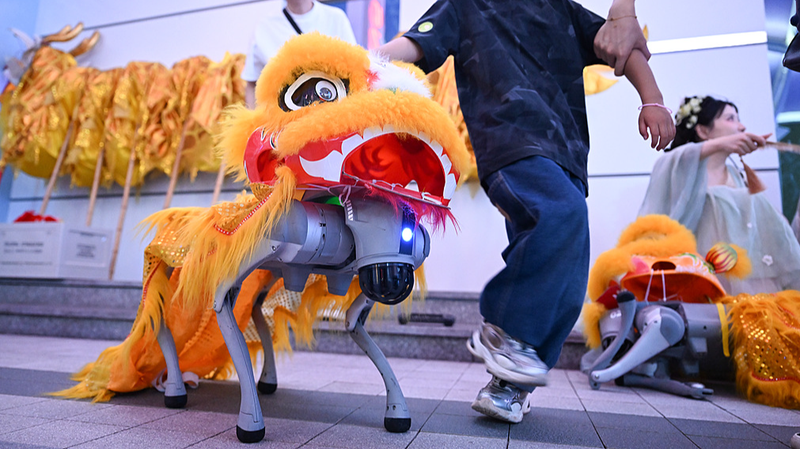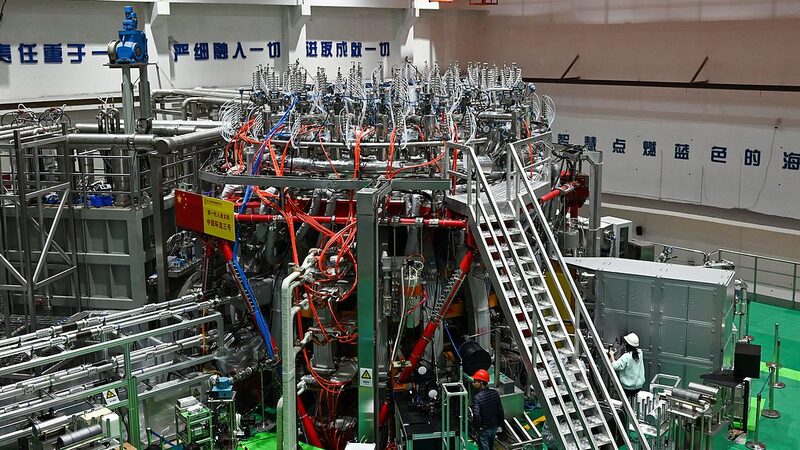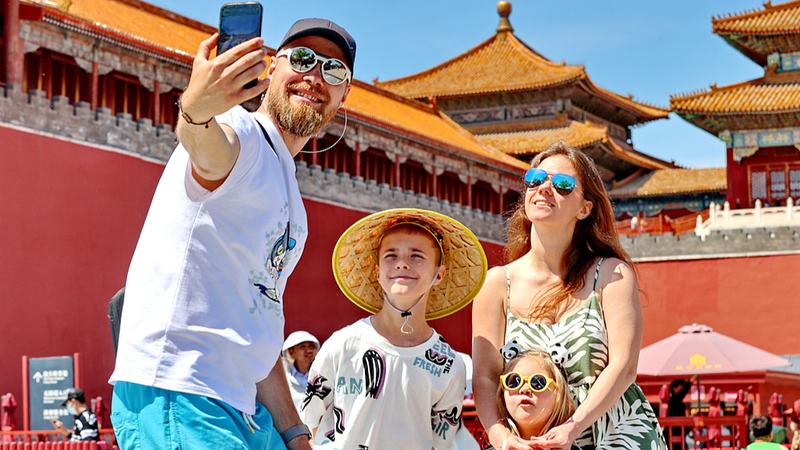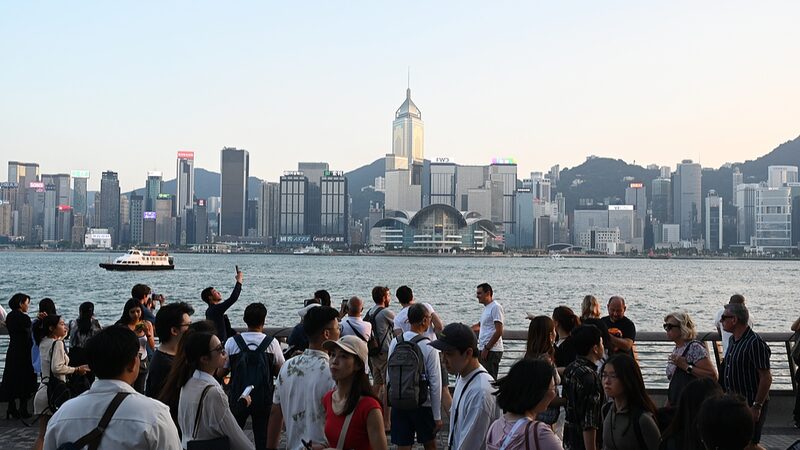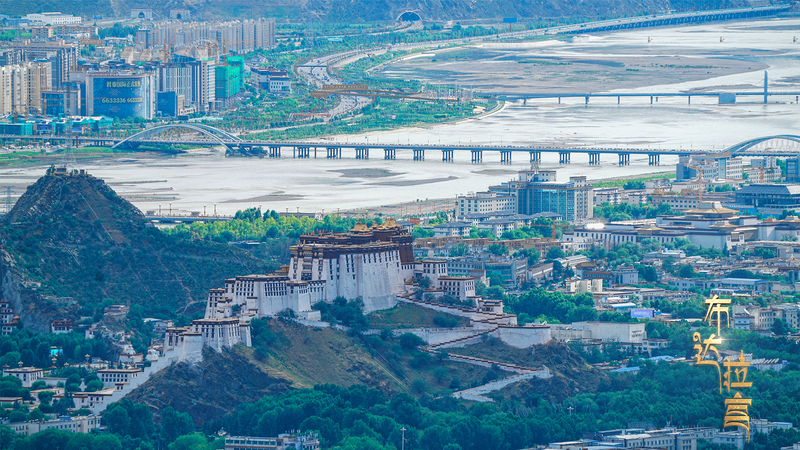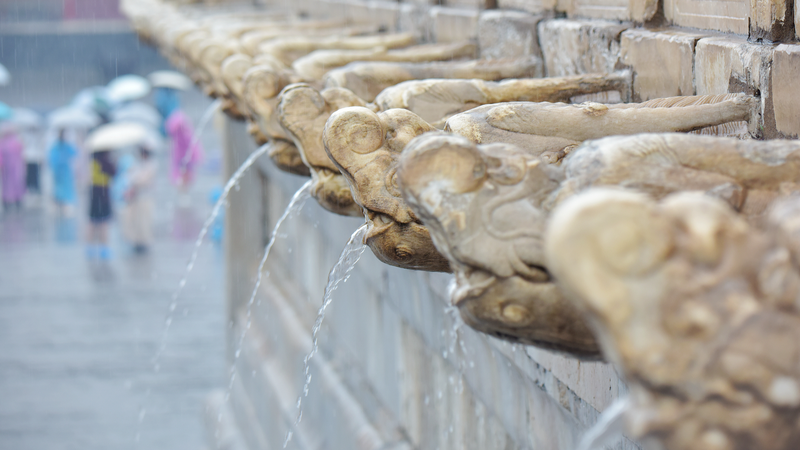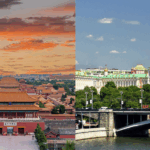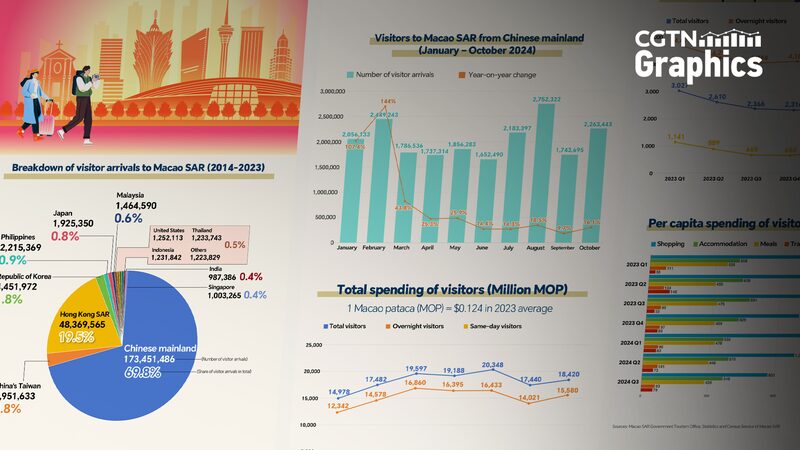As dawn breaks over Beijing's Forbidden City, queues of visitors from across the globe already stretch across Tiananmen Square – a vivid snapshot of China's booming cultural tourism sector. Recent data reveals a 28% year-on-year increase in domestic tourism revenue, with international visitor numbers reaching 85% of pre-pandemic levels.
This resurgence stems from strategic investments in what officials term 'high-quality growth' – a fusion of technological innovation and cultural preservation. The Palace Museum's digital twin project, allowing virtual exploration of restricted areas, has attracted over 10 million users since its January launch.
Economic analysts highlight the sector's ripple effects. 'Every 1% growth in cultural tourism generates $2.3 billion in ancillary industries,' notes Shanghai-based economist Dr. Li Wei. Major infrastructure projects like the Xi'an cultural corridor, linking 38 historical sites through augmented reality experiences, demonstrate this synergy.
The trend aligns with Beijing's 14th Five-Year Plan priorities, which earmark $15 billion for heritage conservation and smart tourism initiatives. Recent partnerships between tech giants and provincial governments have created immersive experiences at UNESCO sites, from the Terracotta Warriors to Fujian's tulou earth buildings.
Challenges remain in balancing preservation with accessibility. Sustainable tourism models are emerging, such as Yunnan Province's community-based ecotourism programs that increased local incomes by 40% while protecting biodiversity.
As Min Rui, CGTN cultural affairs commentator, observes: 'This isn't just about economic numbers – it's a reimagining of China's global narrative through its most enduring asset: five millennia of continuous civilization.'
Reference(s):
cgtn.com
